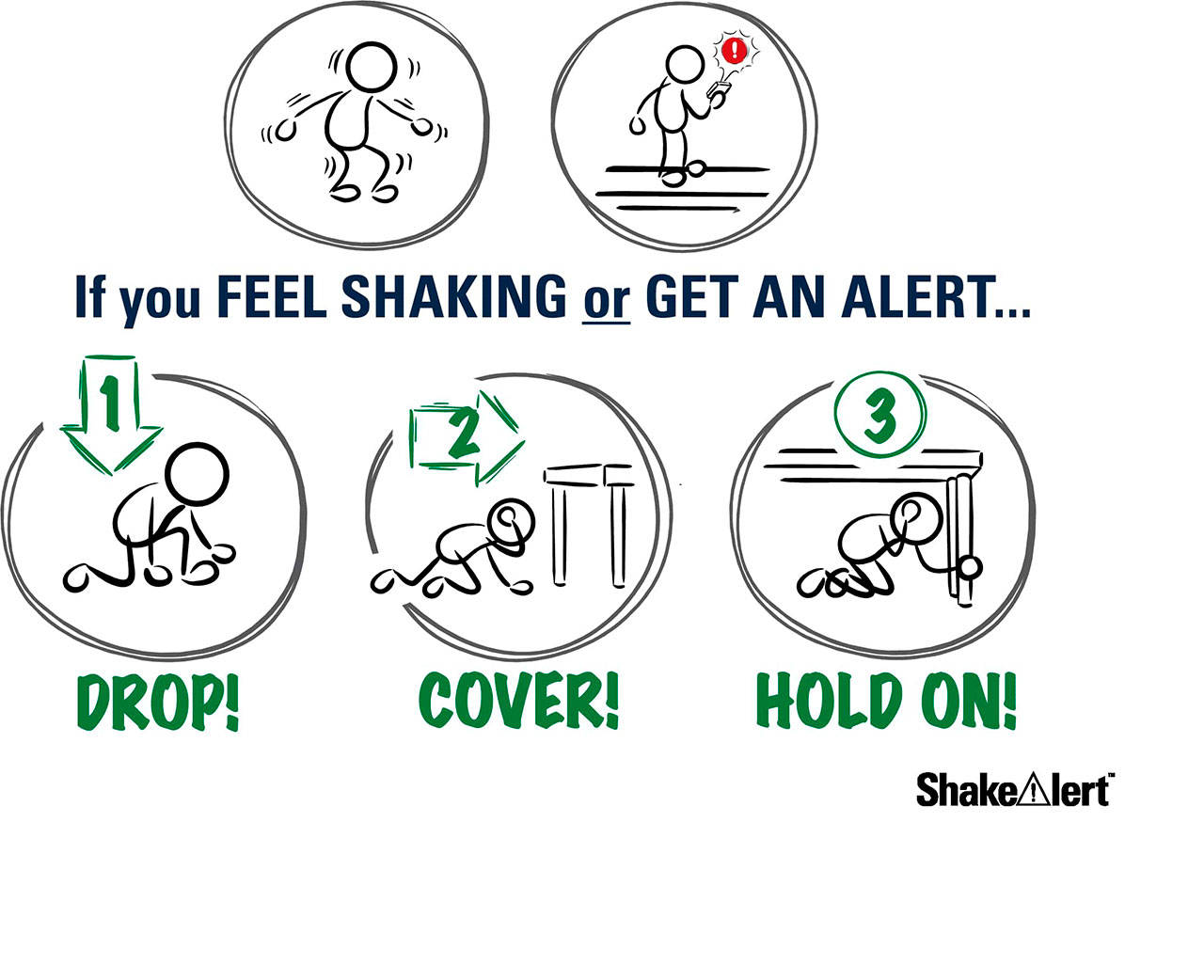At 11 a.m. on Feb. 25, the Washington Emergency Management Division and the U.S. Geological Survey (USGS) will jointly send a Wireless Emergency Alert (WEA) test message across many wireless devices in King, Pierce and Thurston counties. This is a test in the run-up to the launch later this year of an Earthquake Early Warning system in Washington state.
The demonstration is being done the same month as the 20th anniversary of the 6.8 Nisqually earthquake, which happened on Feb. 28, 2001.
To receive the test messages, mobile phone users must opt-in. Most newer Apple and Android phones have the option to receive WEA 2.0 and WEA 3.0 test messages. Don’t assume that your carrier has opted in for you. For directions on how to opt-in, visit mil.wa.gov/alerts or check with your cell phone carrier.
“There are a lot of people who remember the Nisqually earthquake and testing our Earthquake Early Warning system is a great way for us to get ready for the launch of the system in late May,” said Maximilian Dixon, geologic hazards supervisor for the Washington Emergency Management Division.
King, Pierce and Thurston counties were chosen for this test because they are areas with the densest seismic monitoring and have large population centers with a high earthquake risk.
There will not be a similar test using the Emergency Alert System on television or radio. This test is only for wireless devices, where it will make a distinctive notification sound and the message will pop up in a text window on the screen. Coastal sirens and other All Hazard Alert Broadcast sirens will not be triggered.
The test message will say “TEST of the Earthquake Alert System (take a closer look online at mil.wa.gov/alerts) TEST -USGS ShakeAlert.” It will also be sent in Spanish.
Once launched, the Earthquake Early Warning system will be able to provide the public seconds of notice that earthquake shaking is coming their way, giving them time to take protective action, such as drop, cover and hold on. ShakeAlert is not earthquake prediction. The alert system detects earthquakes and rapidly estimates the shaking they will create. The system will also have the potential to automatically close water valves to protect water supplies, lift fire station doors so first responders can get vehicles and equipment out, slow down trains so they don’t derail and even warn hospitals to halt surgeries, among many other capabilities.



